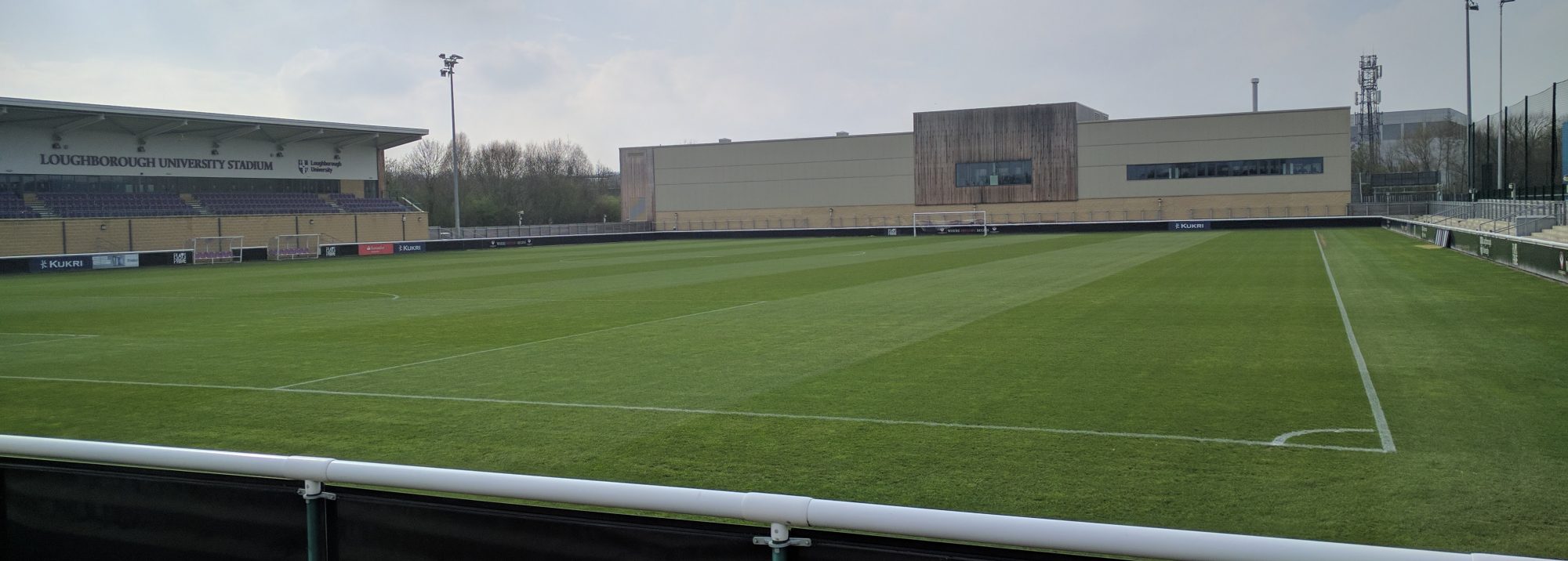LUCU December 2021 Covid Bulletin
Alec Edworthy, our lead health and safety officer, reports on the latest Covid stats and the most recent meeting between the trade unions and management.
Case Levels
LUCU continues to work closely with the other campus unions to monitor the COVID-19 situation on campus, meeting on a weekly basis with Neil Budworth, Director of Health, Safety, and Wellbeing, and Anne Lamb, Director of HR. While there has been an increase in cases reported by staff and students, the majority of these have been cases in staff who have school age children where it appears the children have been exposed at school and unfortunately brought it home.
There was a slight increase in cases in students which coincided with the fair being in town, the suspicion being that it came about from increased socialisation over that period, but otherwise cases in students living on campus remain very low and only slightly higher in those students living off campus.
Face Coverings
The Chief Operating Officer Richard Taylor has sent a reminder to all staff and students that they “must wear face coverings in indoor public areas when moving around”, maintain social distancing, and participate in regular testing (staff and students should be taking LFD tests at least once a week and ideally twice per week).
Ventilation
The focus of our activities recently has been on ensuring that ventilation levels in teaching spaces and offices are at or above the levels required. Ventilation in teaching spaces and offices is provided in one of two ways, either using forced air as part of the overall building ventilation mechanism (managed and monitored by the Building Management System, or BMS) or using the doors and windows in the rooms, referred to as natural ventilation. The potential viral load in a room is approximated using the proxy of CO2 (carbon dioxide) levels; the higher the CO2 in each area the less ventilation there is and therefore the higher the viral load is likely to be. Most rooms which have forced air managed by the BMS have their CO2 levels monitored by the BMS, and reports on the levels observed in these spaces are regularly reviewed by Facilities Management to identify any spaces where there may be a need for alterations to be made.
Most rooms which are naturally ventilated have been fitted with CO2 monitors which give the occupants a quick visual overview of the level in the room. These devices are generally attached to the wall in the room and look very similar to the carbon monoxide (CO) or smoke alarms that many of us have in our homes, except that they have three lights on them, one green, one amber and one red. Green means that the level of CO2 is below the deemed safe level (the chosen level being 800ppm, with the faster it flashes indicating the closer it is to this threshold), amber means that the CO2 has increased above this lower limit and additional ventilation should be used (e.g. open additional windows or doors), and red means that an unacceptable level of CO2 has been detected (more than 1000ppm) and if it is not possible to provide additional ventilation (or doing so does not extinguish the red light) then the space should be vacated.
If you encounter a CO2 monitor with a red light on it, please do ensure that you file a Near Miss though the University’s Incident Reporting System and drop us an email too please so that we can follow up on it. Where staff have raised concerns with us (for example G Block and SCH105), these have been swiftly investigated by the University, with changes being made in those spaces to improve ventilation.
LUCU Committee

